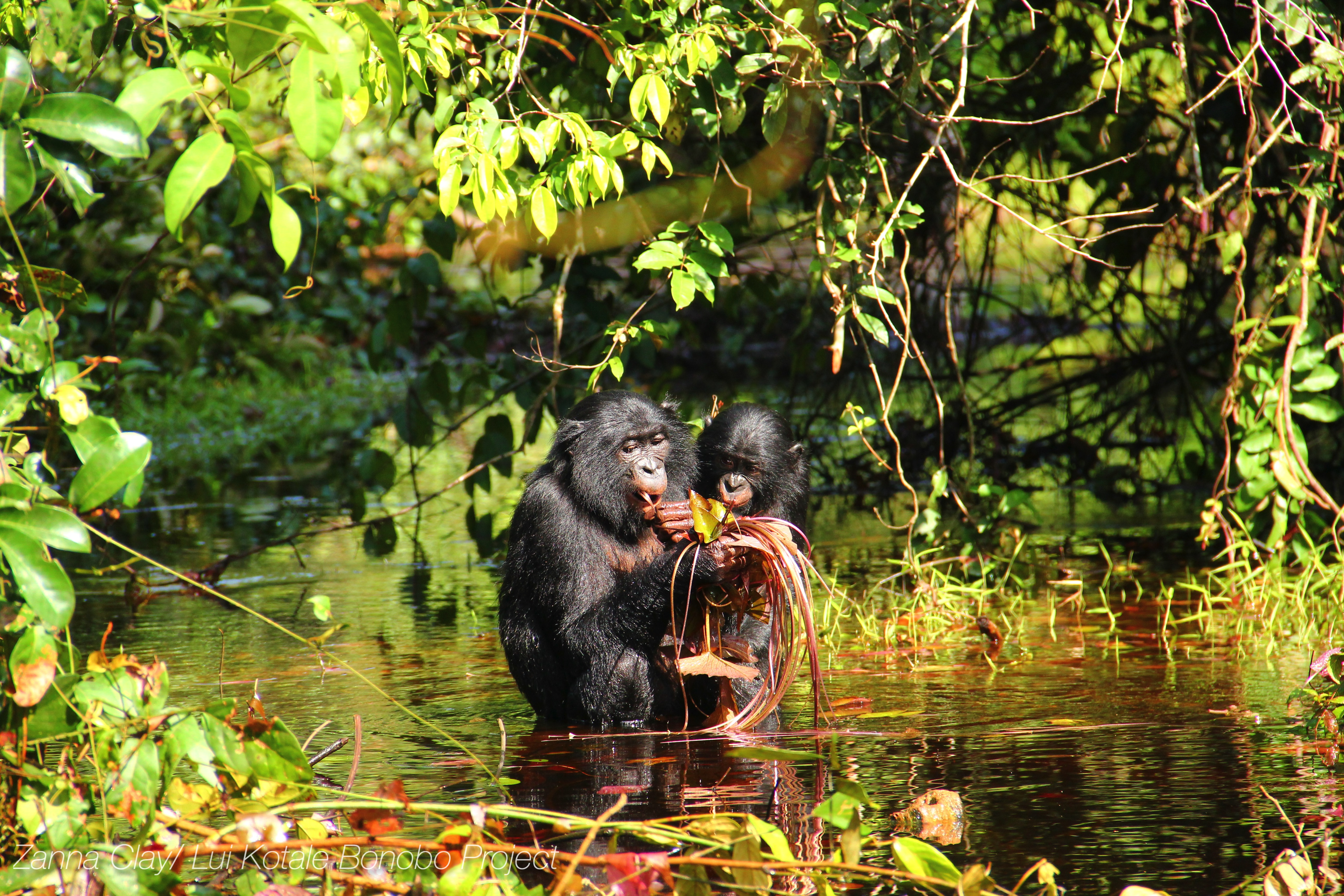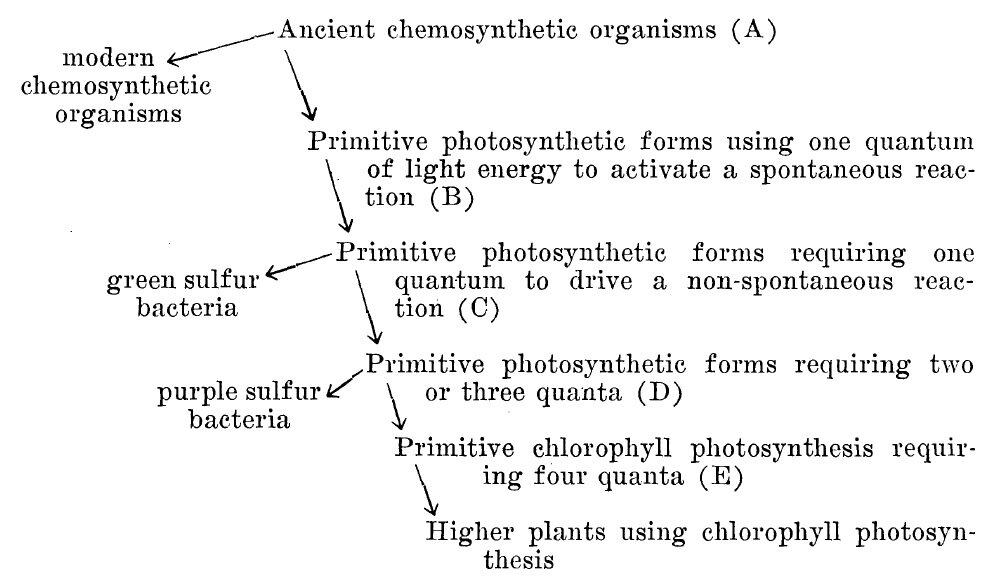Bonobo communication is a fascinating area of study, revealing the intricate ways these primates interact within their social groups. Research shows that bonobos exhibit a variety of vocalizations, much like humans, using complex combinations of sounds to convey meaning and respond to social cues. This animal language study has unveiled that bonobos possess the ability to create phrases that reflect their social complexity, suggesting a shared evolutionary root with human language. The findings underscore the significance of communication in bonobos, as it mirrors the developmental patterns seen in human evolution related to language. By understanding the vocalizations of bonobos, scientists can gain valuable insights into the evolutionary origins of human communication and the social behaviors that accompany it.
The fascinating world of bonobo interactions showcases the rich tapestry of vocal expressions these creatures use to navigate their social landscapes. Often described as our closest living relatives alongside chimpanzees, bonobos engage in a remarkable array of sounds that serve as a nuanced form of animal discourse. Recent investigations into this animal communication have highlighted their ability to form complex verbal structures, akin to human linguistic elements. This study not only sheds light on bonobo society but also opens up discussions about the broader implications for understanding how social dynamics influence language development across species. By examining the interplay between vocal signals and social ties, researchers are unraveling the depths of bonobo relationships and their impact on communication.
Understanding Bonobo Communication
Bonobos exhibit a remarkable capacity for vocal communication that is strikingly similar to human language. This communication is not limited to mere sounds but encompasses a range of vocalizations that carry complex meanings. Researchers studying bonobo vocalizations have identified a systematic use of sound combinations that function similarly to word compounds in human language. This study sheds light on how these vocal utterances facilitate interaction, particularly in densely populated environments like the Kokolopori reserve in the Democratic Republic of Congo, where bonobos must coordinate movements and social interactions.
The vocalizations of bonobos can convey messages ranging from coordination calls to emotional expressions. For instance, a bonobo may whistle to signal a group movement, while subtle peeps can indicate rising social tensions. This sophisticated system illustrates that bonobos are not just capable of simple sounds but utilize a language-like framework that demonstrates advanced social complexity, much like humans. Understanding bonobo communication helps researchers draw parallels to the evolutionary development of language, suggesting that the roots of linguistic abilities may have emerged long before the advent of human speech.
The Role of Vocalizations in Bonobo Social Complexity
Bonobos live in intricate social structures, and their vocalizations play a crucial role in managing social dynamics. Their ability to produce a rich tapestry of sounds allows them to navigate complex social interactions, which is essential for maintaining relationships within groups. The recent findings highlight that bonobos are capable of using vocalizations to indicate a range of scenarios, from announcing an impending action to expressing their emotional states. This vocal complexity is closely tied to the social complexity of bonobos, suggesting that their communication mechanisms evolved in response to their rich social lives.
By examining how vocalizations correlate with specific actions and social situations, researchers have begun to construct a ‘dictionary’ of bonobo calls that demonstrates compositionality—a key feature in human language. This development indicates not just a sophisticated means of coordination but also an advanced form of social engagement among bonobos. The relationship between vocal complexity and social structures suggests that as groups of bonobos became more socially intricate, their communication systems similarly evolved, adding layers of meaning and enhancing social cohesion.
Implications for Animal Language Studies
The findings from the bonobo communication studies contribute significantly to the field of animal language research. By establishing a framework for understanding how non-human species like bonobos communicate, researchers can compare these systems to those of other animals, such as chimpanzees. This is particularly intriguing given that previous studies have often focused on single-call responses rather than the broader vocal repertoire, which includes sequences and combinations that convey nuanced meanings.
Understanding bonobo vocalizations not only enriches our knowledge of animal communication but also provides insights into human language evolution. If bonobos can demonstrate traits associated with linguistic intelligence, such as compositionality and social coordination through vocalization, it raises important questions about the cognitive capacities of other non-human species. This line of inquiry potentially redefines our understanding of animal communication and its possible connections to human linguistic capabilities.
The Evolution of Language from Bonobos to Humans
The evolutionary history shared between bonobos and humans is pivotal in understanding the development of language. As our closest living relatives, bonobos provide a unique window into the possible origins of human linguistics. Recent studies suggest that elements of language, such as word combinations and complex expressions, may have existed in bonobos, indicating that these features could predate our own species. This challenges the conventional view of language as an exclusively human trait, prompting further investigation into how similar systems might exist within other primate species.
By analyzing the intricate vocal behaviors of bonobos, scientists hope to uncover aspects of social behavior and communication that may have been foundational in the rise of human language. The ways in which bonobos create and use vocal combinations provide essential clues about the cognitive abilities of early hominins. Therefore, studying bonobo communication not only enhances our appreciation of their social structures but also enriches our understanding of how language itself may have evolved alongside increasing social complexity in human ancestors.
Comparative Analysis of Bonobo and Chimpanzee Communication
Comparative studies of bonobo and chimpanzee communication reveal fascinating similarities and differences that inform our understanding of primate language. While both species exhibit sophisticated vocalizations and social interactions, bonobos seem to utilize their vocal repertoire in a more expansive and combinatorial way compared to chimpanzees. This difference may be attributed to the distinct social structures observed in both species, as bonobos are known for their matriarchal societies and cooperative behaviors, which require more nuanced communication abilities.
Research on chimpanzee vocalizations has historically focused on single calls or responses, leading to an incomplete picture of their communicative capabilities. In contrast, the study of bonobo vocalizations emphasizes the importance of understanding multiple call combinations and their implications for social interactions. This broader approach highlights the significance of social complexity in the development of vocal communication and suggests that species with intricate social bonds, like bonobos, may possess more advanced language-like systems than those with simpler social structures.
The Significance of Compositionality in Bonobo Speech
Compositionality is a fundamental aspect of language, where meaning is constructed through the combination of smaller units. This feature has now been identified in bonobo vocalizations, marking a significant advancement in our understanding of animal communication. The researchers discovered that not only do bonobos use individual sounds, but they also combine them into complex utterances that can express various meanings, akin to how humans form sentences. This compositionality allows bonobos to navigate their environment and social relationships effectively, showcasing a remarkable cognitive ability.
The presence of compositionality in bonobo vocalizations suggests that these primates possess a level of linguistic sophistication that parallels early human language development. Understanding how bonobos employ this trait provides a richer perspective on the evolutionary pathways of communication in primates. It emphasizes that the building blocks of language may have emerged earlier than previously thought, existing in non-human species long before the advent of structured human languages. This insight invites further exploration into the cognitive and communicative abilities of other animal species.
Exploring Social Bonds Through Vocal Communication
Vocal communication in bonobos is deeply intertwined with their social bonds, highlighting the role of sounds in fostering relationships and maintaining group cohesion. The ability to communicate complex ideas through vocalizations allows bonobos to navigate their social structures, form alliances, and clarify intentions effectively. This complex communication system is essential in environments where social interactions can shift rapidly, and vocal cues serve as vital tools for immediate and long-term relationship management.
By observing the vocal behaviors of bonobos, researchers can decipher how these animals use communication to reinforce social ties and navigate their intricate relationships. The ability to signal emotions and coordinate actions through sound reinforces social cohesion and enhances group dynamics. Understanding these vocal interactions offers critical insights into the social lives of bonobos, illustrating that their communication is not merely for survival but an integral part of their social fabric.
Impacts of Research on Bonobo Conservation Efforts
Research into bonobo communication has significant implications for conservation efforts aimed at protecting this critically endangered species. By understanding their complex vocalizations and social structures, conservationists can develop strategies that cater to the specific needs of bonobos in the wild. Effective communication within bonobo groups is crucial for ensuring their survival, especially as habitats continue to face threats from human activities.
Furthermore, insights gained from the study of bonobo communication can enhance awareness about their social systems and cognitive capabilities. Educating the public and stakeholders about the importance of vocal communication in bonobos can foster a deeper appreciation for their role in ecosystems, leading to more robust conservation initiatives. Ultimately, this understanding can drive efforts to protect not only bonobos but also the rich biodiversity of their habitats.
Future Directions in Bonobo Communication Research
The ongoing exploration of bonobo communication opens up numerous avenues for future research. With advances in technology and methodology in studying animal behavior, researchers are now better equipped than ever to delve deeper into the intricacies of bonobo vocalizations. Future studies may focus on the neural mechanisms underlying their communication or the impact of environmental changes on their social interactions and vocal expressions.
Moreover, interdisciplinary collaboration between linguists, biologists, and anthropologists will be crucial in advancing our understanding of animal communication. By integrating perspectives from various fields, researchers can develop more comprehensive models that illustrate the evolution of language and communication across species. Investigating bonobo communication may not only reveal insights about their social lives but also contribute to the broader narrative of human linguistic evolution and the cognitive capabilities of animals.
Frequently Asked Questions
What are the key findings regarding communication in bonobos?
Recent studies reveal that communication in bonobos, closely linked to human evolution, involves complex vocalizations that resemble word compounds and phrases. This suggests that elements of animal language study, especially in bonobos, can provide insights into the foundations of human language.
How do bonobo vocalizations compare to human language?
Bonobo vocalizations exhibit a form of compositionality similar to human language. This means bonobos can combine sounds to express intricate social situations, indicating the possibility of an evolutionary connection in the development of communication systems in both species.
What does social complexity in bonobos tell us about animal communication?
The social complexity in bonobos correlates with their sophisticated communication skills. This relationship suggests that as bonobos develop intricate social bonds, their communication methods become more advanced, highlighting important aspects of animal language study relevant to human linguistic evolution.
How does the study of vocalizations enhance our understanding of human evolution language?
Studies on bonobo vocalizations contribute to our understanding of human evolution language by demonstrating that the roots of language may predate humans. By observing how bonobos organize their vocalizations, researchers can draw parallels between their communication and early human language development.
Can bonobos communicate social cues effectively through vocalizations?
Yes, bonobos can effectively communicate social cues through their vocalizations. By using different calls like whistles and peeps, they can signify heightened tensions or coordinate group movements, reflecting their advanced social complexity and communication skills.
What role does compositionality play in bonobo communication?
Compositionality is crucial in bonobo communication as it allows them to combine various vocalizations to convey specific meanings, similar to how humans construct phrases. This capacity indicates a level of cognitive ability and social sophistication among bonobos.
What implications do bonobo vocalizations have for animal language study?
The implications of bonobo vocalizations for animal language study are significant, as they represent one of the first systematic explorations of animal communication. Understanding how bonobos utilize their vocal repertoire provides a framework for comparing communication across different species.
How can research on bonobo communication influence our view of animal intelligence?
Research on bonobo communication challenges traditional views of animal intelligence. By demonstrating that bonobos possess complex and compositional vocal communication, it encourages a reevaluation of cognitive abilities in other species, emphasizing the intricate social dynamics that drive such developments.
| Key Points |
|---|
| Bonobos use vocalizations that resemble human language communication, exhibiting ‘word compounds’ and complex social meanings. |
| Research has shown bonobos communicate through a sophisticated system of calls and phrases, indicating a deep-rooted evolutionary link to human language development. |
| Compositionality enables bonobos to convey complex social scenarios, similar to how humans create new meanings through word combinations. |
| Detailed studies in the Kokolopori reserve allow researchers to map out the vocal behavior of wild bonobos and comprehend their social organization. |
| Bonobo communication reflects intricate social bonds, capable of indicating heightened tension or coordinating group movements over distances with different vocalizations. |
| The findings support that complex communication systems exist in species with advanced social structures, suggesting characteristics shared with human communication. |
Summary
Bonobo communication showcases remarkable similarities to human speech patterns, highlighting the sophisticated vocal skills these primates possess. Research indicates that bonobos utilize combinatorial vocalizations, suggesting that the roots of language may extend far beyond human evolution. This understanding underscores the significance of studying bonobo communication as a means to unravel the complexities of social interactions among primates, further illustrating our close evolutionary relationship.



